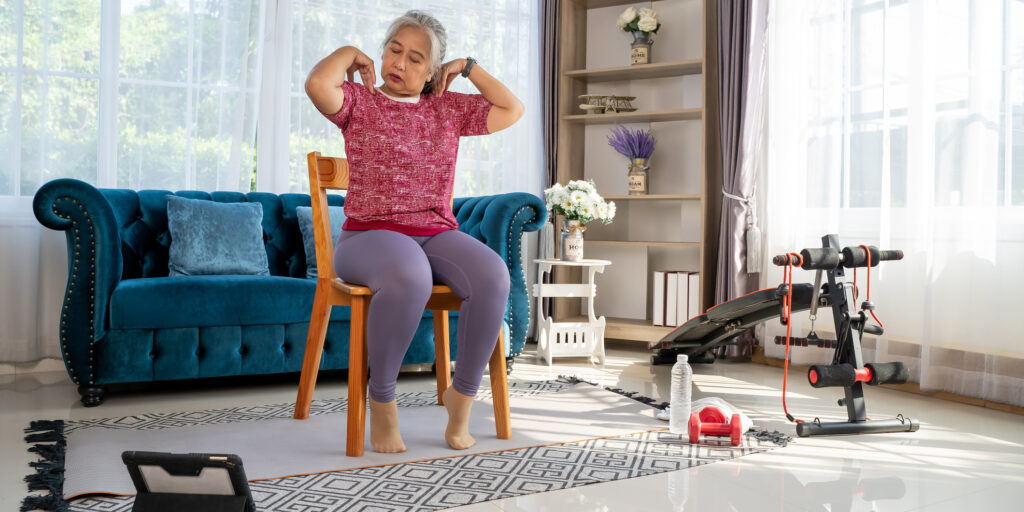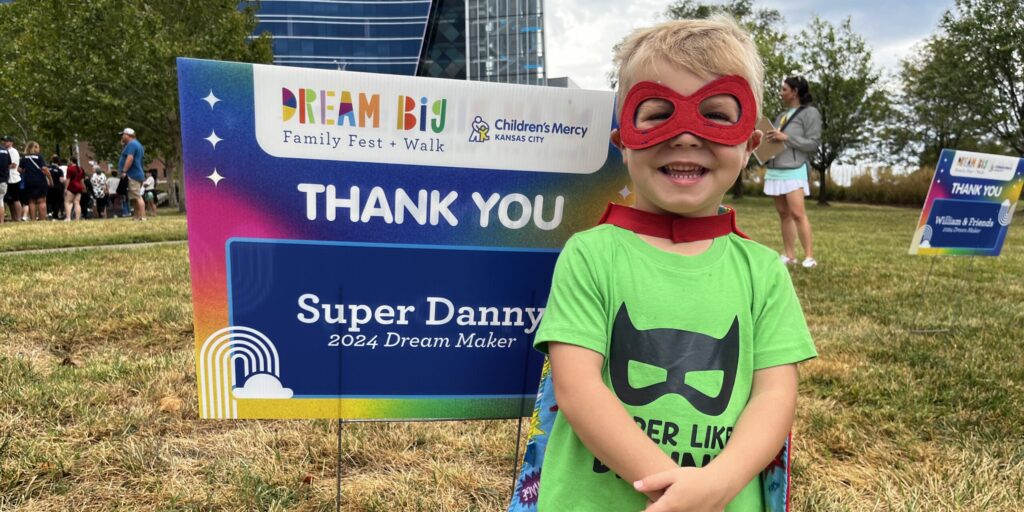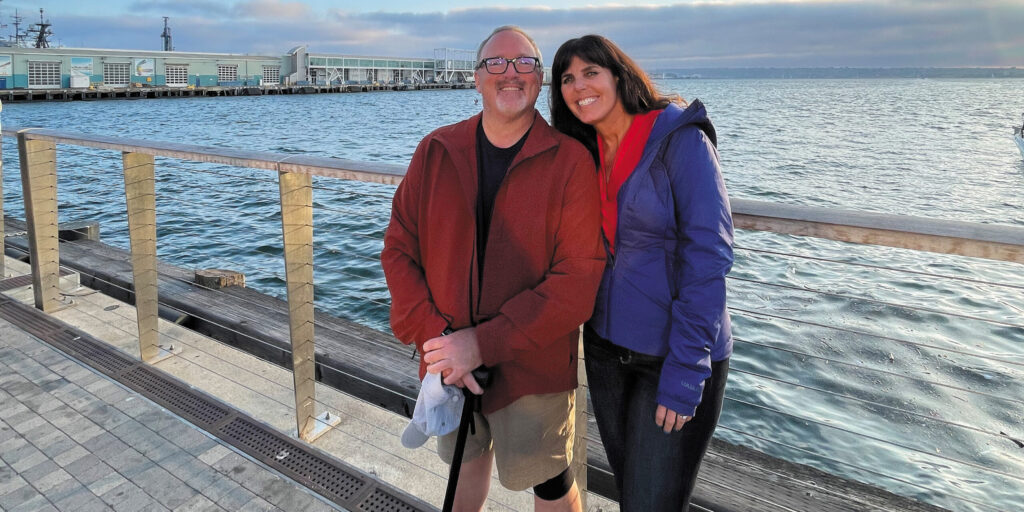
Adapting to Employment Challenges and Finding Solutions
By Rebecca Hume | Tuesday, August 13, 2024
5 Second Summary
Quest for Success explores the different paths that individuals with neuromuscular disease have taken to reach their potential and pursue dreams. This series spotlights individuals from our community and shares their journey to independence and accomplishment.
Real estate appraiser A.J. Bardzilowski has been adapting to the changing real estate market for more than 30 years. When the 58-year-old California State Certified Real Estate Appraiser was diagnosed with sporadic inclusion body myositis (sIBM) in his late 40s and facioscapulohumeral muscular dystrophy (FSHD) last year — a rare combination of conditions — he utilized resources and creative thinking to continue excelling in a career he loves.
Rare double diagnosis
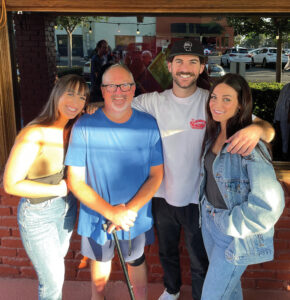
A.J. Bardzilowski enjoys time with his three adult children.
In his early 40s, A.J. was an avid tennis player when he noticed that he was slowing down on the court and falling frequently. After seeking answers from numerous doctors, he connected with an MDA Care Center neurologist and received a diagnosis of sIBM.
As muscle weakness progressed in his legs over the next 12 years, his doctor also became concerned about signs of muscle loss in A.J.’s upper arms and shoulders. A.J. was poised to participate in his second clinical trial for sIBM when a test revealed that he had a dual diagnosis of FSHD. With symptoms occurring in tandem, A.J. has difficulty with walking and navigating stairs, experiences frequent muscle fatigue and exhaustion, and has a hard time typing or writing.
Due to the physical nature of his profession, these symptoms present challenges in A.J.’s day-to-day work. His role requires him to inspect and appraise homes and buildings, often with stairs. As an independent contractor, A.J. didn’t have a human resources department to contact for accommodations or assistance; he had to get creative. He found a solution by hiring a friend, Chrissy, who was interested in training to be an appraiser. As his assistant, Chrissy visits inspection sites with A.J. and helps him access all areas of the property.
“Figuring out how to adapt is a valuable tool,” A.J. says. “Identifying what you need and how you can accommodate that need or adapt in order to continue doing what you want to do means getting creative and also leaning on the resources available.”
Finding support
To overcome other barriers in his line of work, A.J. identifies his needs as they arise and finds solutions, utilizing resources and the network that he has built over the years. “I have met so many nice people along the way who have been extremely helpful,” A.J. says. “You still have to advocate for yourself. Sometimes, you have to ask more questions to find out what is available to you, but the resources and support are there.”
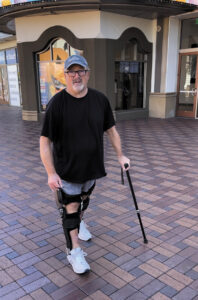
New braces improved A.J.’s mobility.
A.J. connected with the California Department of Rehabilitation, his state vocational rehabilitation office, and obtained Dragon Easy Speak software and a headset that allows him to complete his documentation hands-free in his home office.
He equipped his home with a small ramp to enter and exit, extra handrails on stairs and in his bathroom, and strategically placed long-pole grippers to make reaching easier. But probably the most impactful action that A.J. has taken to maintain mobility and ensure his career independence was obtaining Ottobock C-braces.
“My orthotist told me about these braces. They are a hybrid between a static knee brace and an exoskeleton that does everything for you,” he explains. “The C-brace has a microprocessor on the outside of each knee that learns your gait as you walk and pumps fluid to a motor that acts as your knee.”
It took A.J. more than four years of appealing insurance denials and working with the DOR to obtain the braces, but he refused to give up. Now, after nine weeks of physical therapy working with the braces, A.J. is learning a new way to walk. He recently took a trip to New York City, where he wore his braces for four days while exploring and enjoying the big city.
Passionate about traveling with his family, A.J. is branching out into a new endeavor: sharing travel advice and reviews for fellow travelers with disabilities on YouTube. “Because of my disability and my issues in my career, I am trying to keep making adjustments and to do something productive that would help others living with disabilities,” A.J. says.
He advises others, especially those with adult-onset disabilities, to keep an open mind about embracing change, asking for help, finding creative ways to do things differently, and embarking on new ventures. “If you stay in your career or if you choose to change paths, advocate for yourself. We are at a point in our society where we can — and should — make working with a disability work for us.”
Rebecca Hume is a Senior Specialist and Writer for Quest Media.
Next Steps and Useful Resources
- Learn about autoimmune neuromuscular diseases, such as myositis.
- Andrew Zaleski, a journalist living with myotonic dystrophy, writes about how he and others in the community have overcome barriers to asking for help in daily life.
- Stay up-to-date on Quest content! Subscribe to Quest Magazine and Newsletter.
TAGS: Employment, Equipment and Assistive Devices, Featured Content, MDA Care Centers, Quest for Success, Technology
TYPE: Featured Article
Disclaimer: No content on this site should ever be used as a substitute for direct medical advice from your doctor or other qualified clinician.


